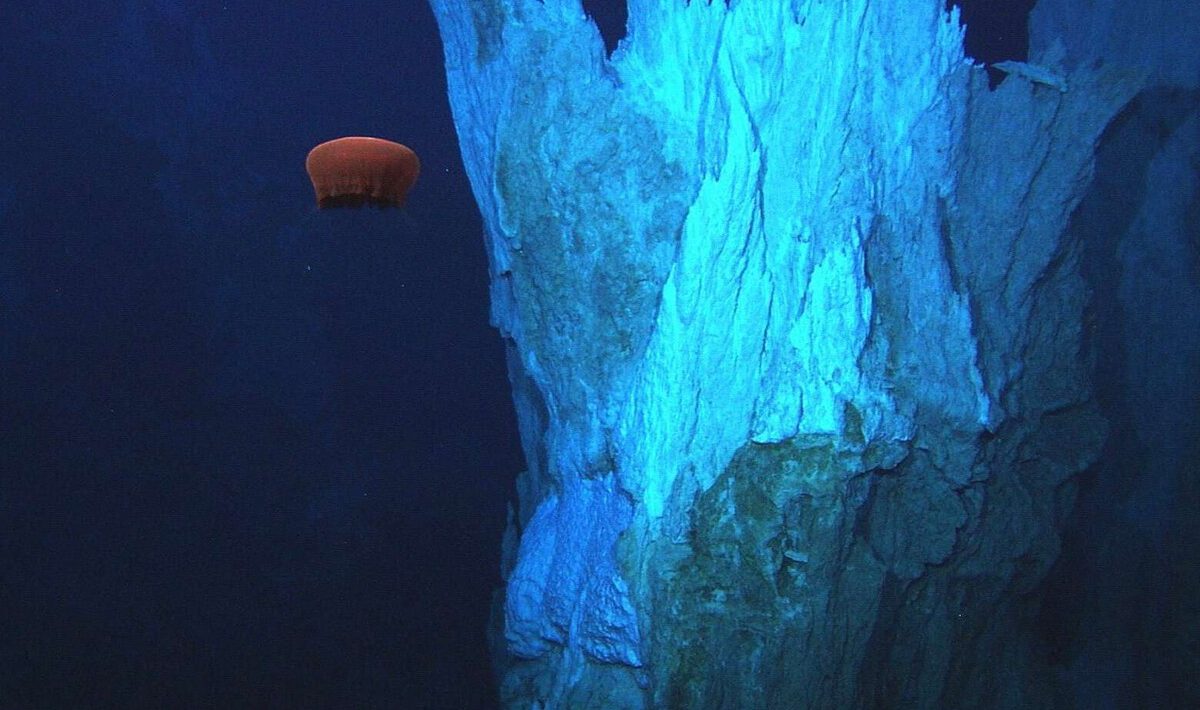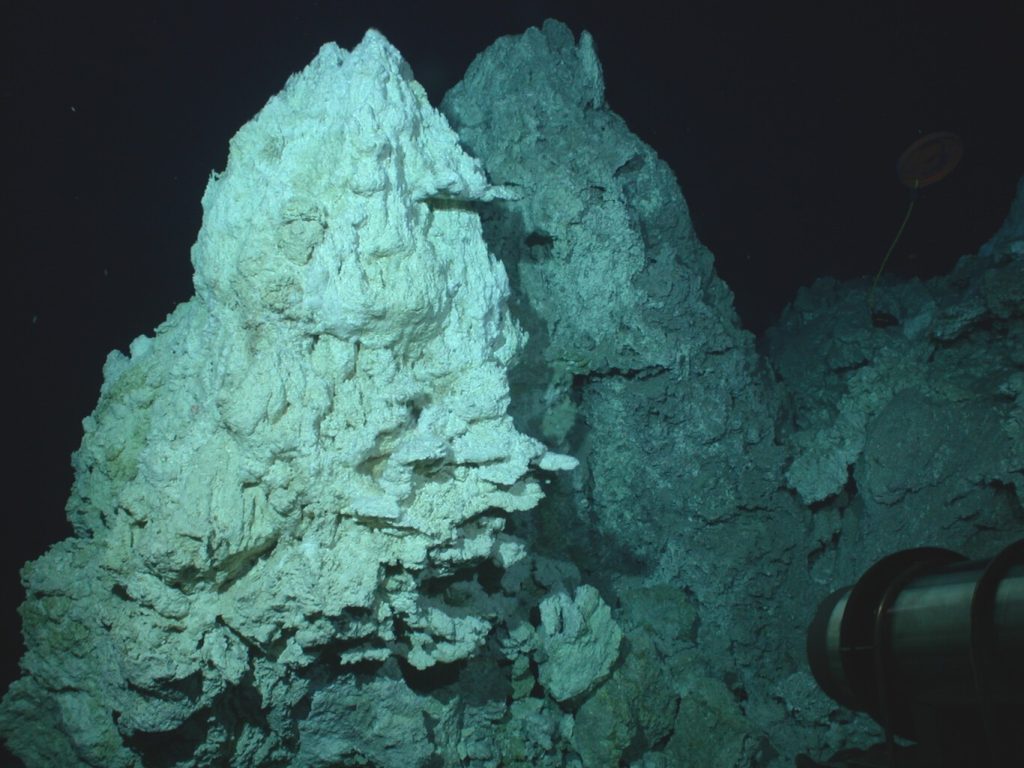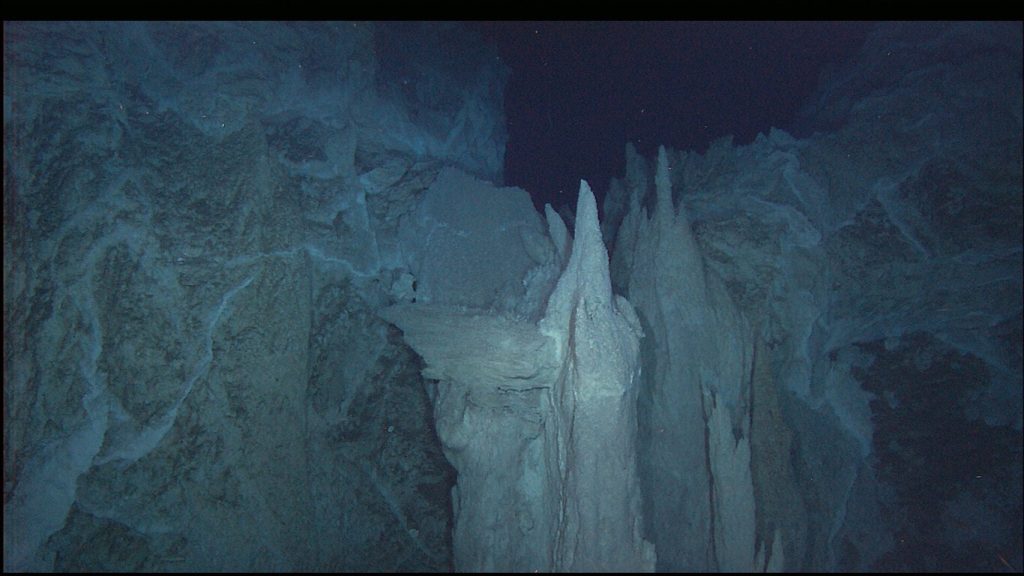The Lost City was discovered in 2000, and we’ve been exploring it ever since because of its unique conditions for life. Now they think it could be under threat from underwater mining.
It seems like Earth doesn’t have any secrets at the moment. Of course, that’s on land, because while we haven’t quite figured out the ocean floor, we still have a lot to learn. And one example is the Lost City, discovered in 2000, a complex of structures in the middle of the Atlantic that are not only curious, but also help us in the most unexpected way: studying extraterrestrial ecosystems.
And, ultimately, identifying clues to follow to find life in the universe.
Just . More than 700 meters (2,300 ft) below the surface of the Mid-Atlantic Ridge, on December 4, 2000, researchers using remotely operated vehicles (ROVs) discovered something amazing: a series of walls and monoliths that reached 60 meters (200 ft) in height and had a strange blue tint due to the submarines’ searchlights.
These carbonate structures were something new that the scientific community had never seen before, and they dubbed them the „Lost City.” Given the fact that we like to give it fancy names, and the fact that it has been compared to Atlantis, the marketing part was already done.
Chimneys. The full name is actually the „Lost City Hydrothermal Field,” and it is the oldest known oceanic vent site, at least that we know of. It is estimated to be around 120,000 years old, and all this time gases have been emitting from its chimneys at temperatures ranging from 40 to 90 degrees Celsius.
These hydrothermal vents emit methane and hydrogen, but are not volcanic, so they do not produce CO₂, hydrogen sulfide or metals. Over the millennia, this ejected material has accumulated in the form of columns and walls of brucite, aragonite and calcium carbonate, which have a whitish color and a very specific flaky texture.
Point of interest. For the scientific community, the Lost City is a mine. Its special environment and formation conditions, as well as its age, can provide clues about the origin of life on Earth, as well as a more detailed picture of the composition of the planet.
Over the years, its materials have been studied, and in 2024, a team of scientists announced the extraction of a rock sample more than a meter long. With its help, they hope to find important evidence about the origin of life on Earth.
There are some impressive formations. Researchers from the University of Washington have described some of the vents as structures “oozing” liquids that form multi-pointed carbonate structures, as curious as the one we see in the photo just above these lines. But there is more to the Lost City than just rocks.
Aliens. At such depths, without oxygen, with a highly alkaline environment and with hydrogen, methane and other gases dissolved in the water, one might think that this is a “lunar” ecosystem in which life is impossible. Interestingly, there are many animals living here, such as anemones, microbial communities, crustaceans, snails and, occasionally, deep-sea fish.
The question is how can life exist in an environment where there is no sunlight or oxygen, but hydrogen and methane are abundant. This is what has caught the attention of researchers, as studying this fact may give us clues about what kind of life or signs of life to look for in environments that may be similar, such as Enceladus or Europa (moons of Saturn and Jupiter).
There are some impressive formations. Researchers from the University of Washington have described some of the vents as structures “oozing” liquids that form multi-pointed carbonate structures, as curious as the one we see in the photo just above these lines. But there is more to the Lost City than just rocks.
Aliens. At such depths, without oxygen, with a highly alkaline environment and with hydrogen, methane and other gases dissolved in the water, one might think that this is a “lunar” ecosystem in which life is impossible. Interestingly, there are many animals living here, such as anemones, microbial communities, crustaceans, snails and, occasionally, deep-sea fish.
The question is how life can exist in an environment where there is no sunlight or oxygen, but hydrogen and methane are abundant. This is what has attracted the attention of researchers, because studying this fact can give us clues about what type of life or signs of life to look for in environments that may be similar, such as Enceladus or Europa (moons of Saturn and Jupiter).
Publicat anterior: dopuri în plante: un truc secret de grădinărit pentru udare perfectă







